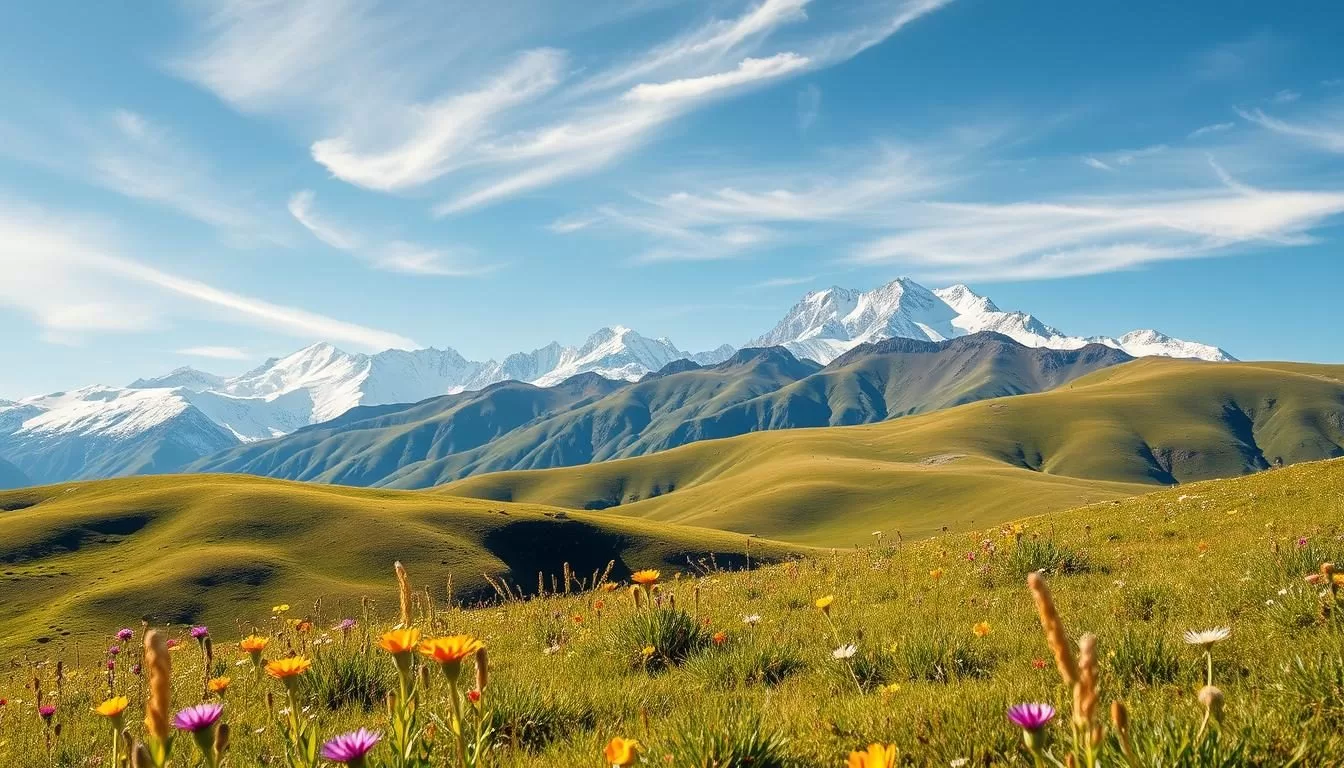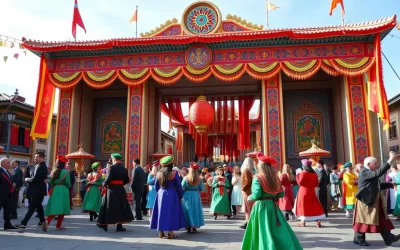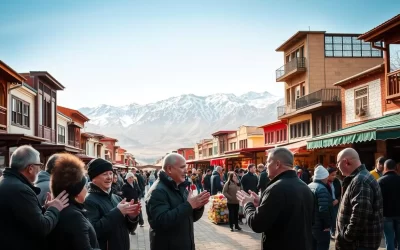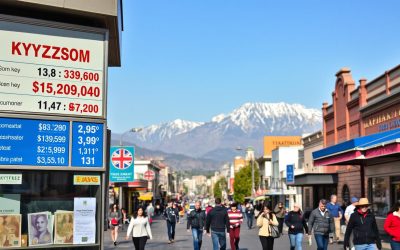✓ Accommodations✓ Flights✓ Rental Cars✓ Tours & Activities
Are you ready to explore the hidden treasure of Central Asia? Kyrgyzstan is a country that captivates hearts with its majestic mountains, vast grasslands, and star-filled night sky.
The experience you have in Kyrgyzstan changes dramatically depending on the season. From snow-capped mountains in winter to lush green valleys in summer, the country’s diverse climate patterns offer a unique experience throughout the year.
To make the most of your trip, it’s essential to plan your visit around the country’s unique climate patterns. Understanding the seasonal variations will help you pack accordingly and maximize your experience in this mountainous nation.
Whether you’re looking for the best time to visit or want to explore the country’s regional climate differences, this guide will help you plan your perfect trip to Kyrgyzstan.
Understanding Kyrgyzstan’s Unique Climate
With over 90% of its land above 1,500 meters, Kyrgyzstan’s climate is heavily influenced by its elevation. The country’s diverse geography creates a complex mix of various seasons, making it essential to understand the climate patterns before planning a visit.
The Mountain Effect on Weather Patterns
The mountainous topography of Kyrgyzstan creates distinct microclimates throughout the country. Temperatures can vary dramatically between valleys and peaks, even just a few kilometers apart. This variation is due to the mountain effect, which significantly impacts the weather patterns in the region.
Temperature Variations by Altitude
Altitude plays a crucial role in temperature variations in Kyrgyzstan. For every 1,000m increase in altitude, the temperature drops by about 6℃. This means that while Bishkek might experience summer temperatures above 30°C, nearby mountain passes could be a comfortable 15-20°C. Understanding these temperature variations is vital for planning your trip and preparing appropriate clothing.
| Altitude (meters) | Temperature Drop (℃) | Example Location |
|---|---|---|
| 800 | 0 | Bishkek |
| 1,800 | 6 | Mountain valleys |
| 3,000 | 12 | High mountain passes |
| 4,000 | 18 | Mountain peaks |
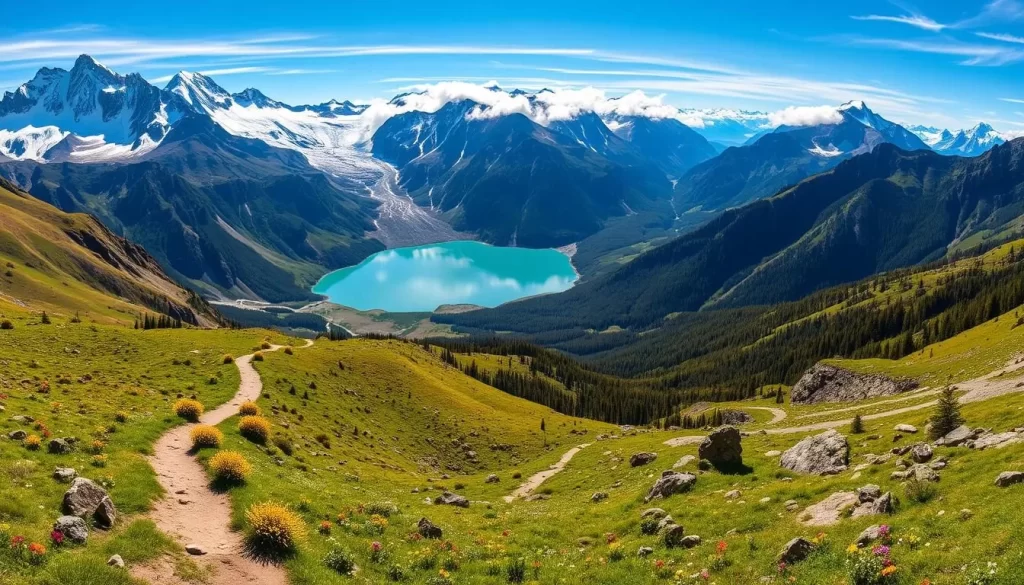
Summer in Kyrgyzstan: Peak Season Perfection (June-August)
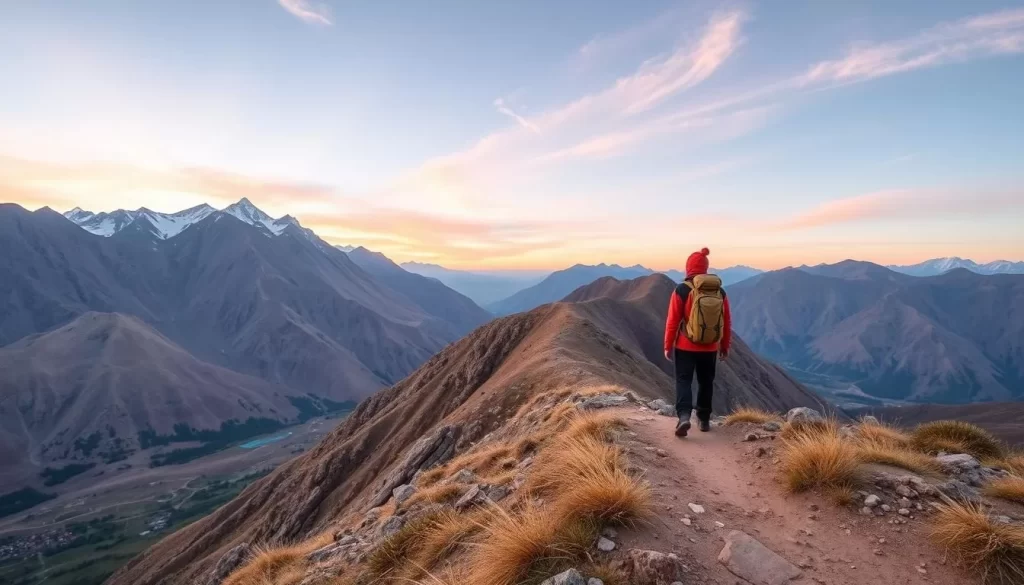
As the temperatures rise, Kyrgyzstan transforms into a paradise for adventure seekers and nature lovers alike. The summer months, from June to August, represent the peak tourist season, offering warm days, minimal rainfall, and optimal conditions for outdoor adventures.
July and August: The Ideal Months for Mountain Trekking
July and August are considered the ideal months for high-altitude trekking in Kyrgyzstan. During this peak season, mountain passes are generally free of snow, and temperatures are comfortable for extended hikes. You can expect average temperatures to reach around 27°C, making it perfect for exploring the mountains and enjoying the scenic beauty.
Lake Issyk-Kul: Summer’s Premier Destination
Lake Issyk-Kul becomes the country’s premier summer destination, with water temperatures warm enough for swimming. The beaches are bustling with both locals and international visitors, creating a vibrant atmosphere. It’s the best time to travel to Kyrgyzstan if you’re looking for a mix of relaxation and adventure, making the most of your time travel kyrgyzstan.
Spring in Kyrgyzstan: Nature’s Awakening (March-May)
With the arrival of spring, Kyrgyzstan awakens from its winter slumber. The country’s landscapes transform dramatically as vibrant green hues and colorful wildflowers emerge.
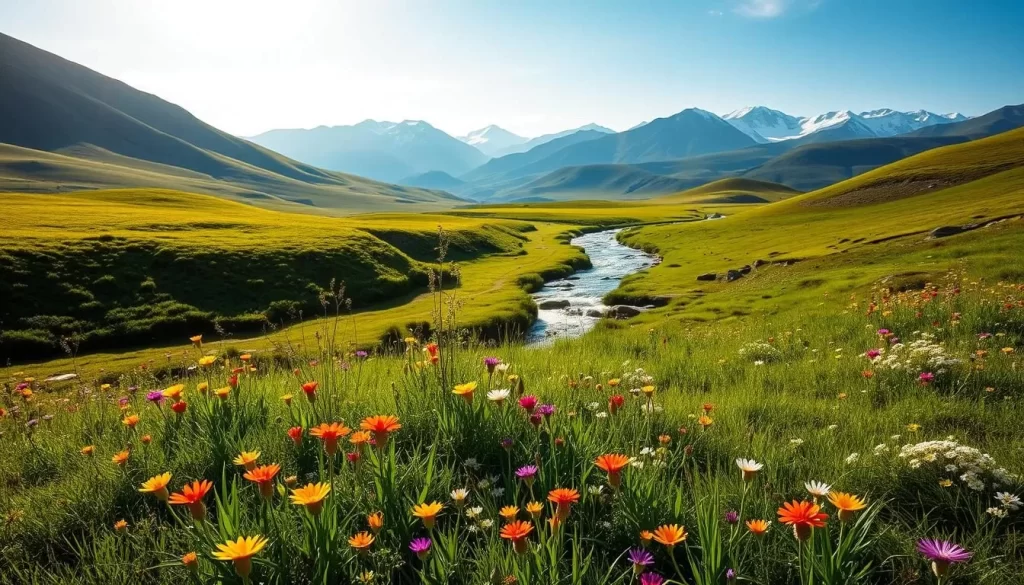
April and May: Lush Landscapes and Spring Flowers
April and May are excellent months to visit Kyrgyzstan, offering increasingly stable weather and lush valleys. While rainfall is higher than in summer months, the scenery is particularly breathtaking, with spectacular waterfalls throughout the country. Lower elevation hiking trails become accessible by late April.
- Lush landscapes and vibrant wildflowers
- Accessible lower elevation hiking trails
- Fewer tourists and lower prices
Weather Considerations for Spring Travelers
When visiting Kyrgyzstan in the spring, be prepared for variable conditions. Warm, sunny days can quickly shift to cool, rainy periods, especially in mountain areas. This time to visit offers a great balance between comfortable weather and fewer tourists, making it ideal for budget-conscious travelers.
Autumn in Kyrgyzstan: Golden Landscapes (September-October)
As summer’s warmth fades, Kyrgyzstan’s autumn landscape comes alive with vibrant colors and comfortable temperatures. This season offers a perfect blend of outdoor adventures and cultural experiences, making it an ideal time for your trip.
September: The Sweet Spot for Balanced Weather
September is a great time to explore Kyrgyzstan’s cities as the summer heat dissipates and visitor numbers drop. With high glacial melt, it’s a popular time for kayaking or rafting. Hiking remains a good option, with more predictable conditions than earlier in the season. The pleasant weather and accessible mountain passes make it an ideal time for travel and trekking, enjoying the beautiful scenery.
October: Fall Colors and Fewer Crowds
By October, the landscape transforms with golden hues as forests and valleys display vibrant autumn colors. Although there’s a greater chance of rain, it’s still a great time to enjoy kayaking, rafting, and hiking. With fewer tourists, you can explore the cities without the summer crowds, making it a good time to experience the local culture.
| Month | Weather | Activities |
|---|---|---|
| September | Pleasant temperatures, less crowded | Hiking, kayaking, rafting |
| October | Golden landscapes, chance of rain | Hiking, kayaking, rafting, cultural experiences |
Winter in Kyrgyzstan: A Snowy Adventure (November-February)
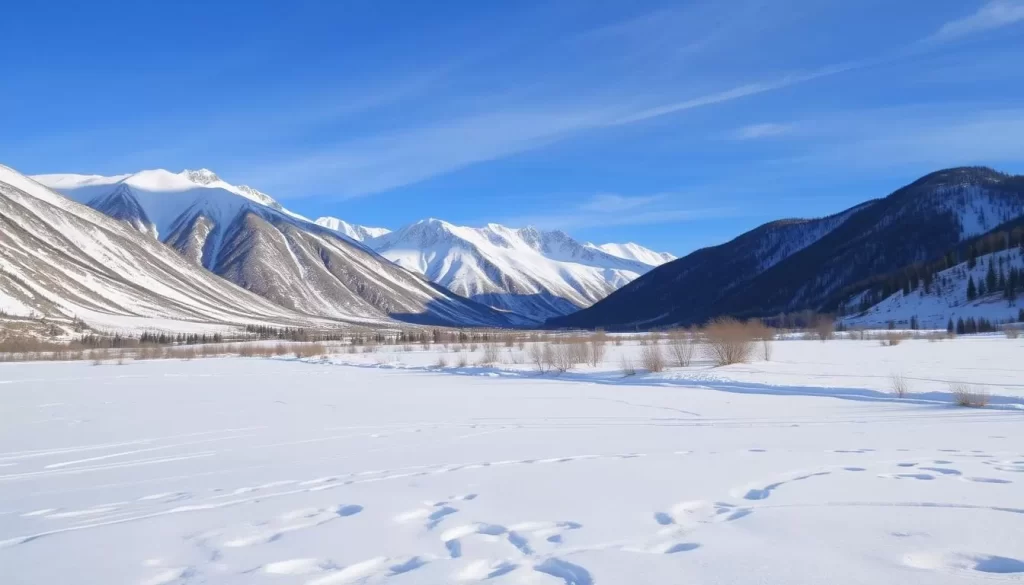
Winter transforms Kyrgyzstan into a snow-covered wonderland, offering a unique adventure for travelers. The country’s mountainous regions are particularly suited for winter sports, with ski resorts like Karakol attracting visitors from across Central Asia and beyond.
December-February: Prime Time for Winter Sports
During these months, Kyrgyzstan offers excellent conditions for skiing and other winter sports. The ski resorts are less crowded than those in more popular destinations, making it an ideal time for enthusiasts to enjoy their favorite activities.
Travel Challenges During Winter Months
While winter brings its own unique experiences, including hot springs visits and eagle hunting demonstrations, it also presents significant travel challenges. Heavy snowfall can block mountain passes, making remote areas inaccessible. Travelers should be prepared for extreme cold, with temperatures dropping to -20°C or lower in mountain regions.
Despite being low season, winter visits can be rewarding for adventurous travelers, offering uncrowded attractions and a different perspective of the country. However, we would not recommend visiting during January and February due to the harsh weather conditions and potential roadblocks blocked due snowfall.
Regional Weather Guide: Where to Go When
Understanding the regional weather patterns is crucial for a well-planned trip to Kyrgyzstan. The country’s diverse geography results in varied climate conditions across different regions, making it possible to visit year-round by choosing the right destinations.
Bishkek: The Capital’s Climate Calendar
Bishkek, the capital city, experiences a continental climate with hot summers and cold winters. The best times to visit are during spring (April-May) and autumn (September-October), when temperatures are mild and comfortable for city exploration. Summer temperatures can soar to 30-35°C in July, while winters can be chilly, ranging from -5 to 5°C in January.
- Maximum Temperature (°C): July – 34.2, January – 6.6
- Monthly Rainfall (mm): March – 154, July – 8
Karakol: Eastern Weather Patterns
Karakol, located in the east near the Tian Shan mountains, has a more extreme climate. It’s ideal for skiing from December to March due to heavy snowfall, while summer offers perfect hiking conditions. The region’s climate is characterized by significant temperature variations between winter and summer.
Osh: Southern Kyrgyzstan’s Climate
Osh, in southern Kyrgyzstan, enjoys the country’s warmest climate, with earlier springs and later autumns compared to the north. It’s an excellent destination during April-May or September-October, when other areas might be too cold or hot. This makes Osh a great alternative for travelers looking to explore the region during the shoulder season.
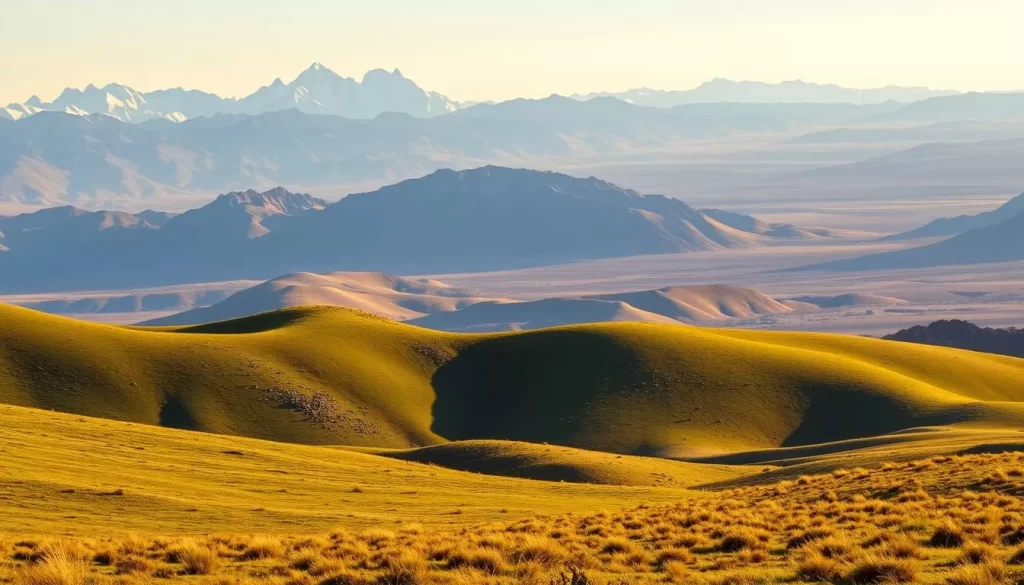
Kyrgyzstan: Best Months for a Weather-Savvy Trip
Kyrgyzstan offers a unique experience throughout the year, but certain seasons are more favorable than others. Understanding the country’s climate patterns is essential for planning your trip.
June-September: The Optimal Window for Most Travelers
For most travelers, the best time to visit Kyrgyzstan is between June and September. During this period, the weather is generally stable, mountain passes are accessible, and temperatures are comfortable. July and August are peak months, offering reliable weather but also higher prices and more tourists. June is a great alternative, with warming temperatures and blooming alpine meadows, though some high passes may still have snow. September brings cooling temperatures, fewer crowds, and spectacular autumn colors, making it an ideal month for a comprehensive Kyrgyzstan experience.
| Month | Weather | Tourist Season |
|---|---|---|
| June | Warming temperatures, blooming meadows | Pre-peak season |
| July | Warm, stable weather | Peak season |
| August | Warm, stable weather | Peak season |
| September | Cooling temperatures, autumn colors | Post-peak season |
Shoulder Seasons: Benefits of May and October
The shoulder seasons, May and October, offer benefits for flexible travelers, including lower prices and fewer tourists. May brings lush green valleys and blooming wildflowers, while October delivers golden autumn colors. However, these periods come with greater weather variability and potential limitations in high-altitude access.
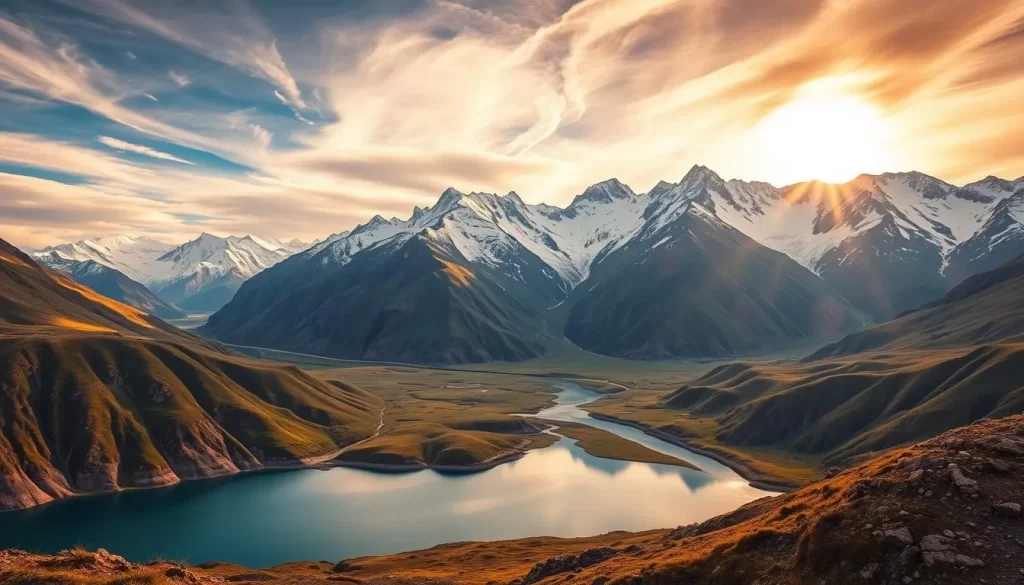
Activity-Based Timing: When to Do What
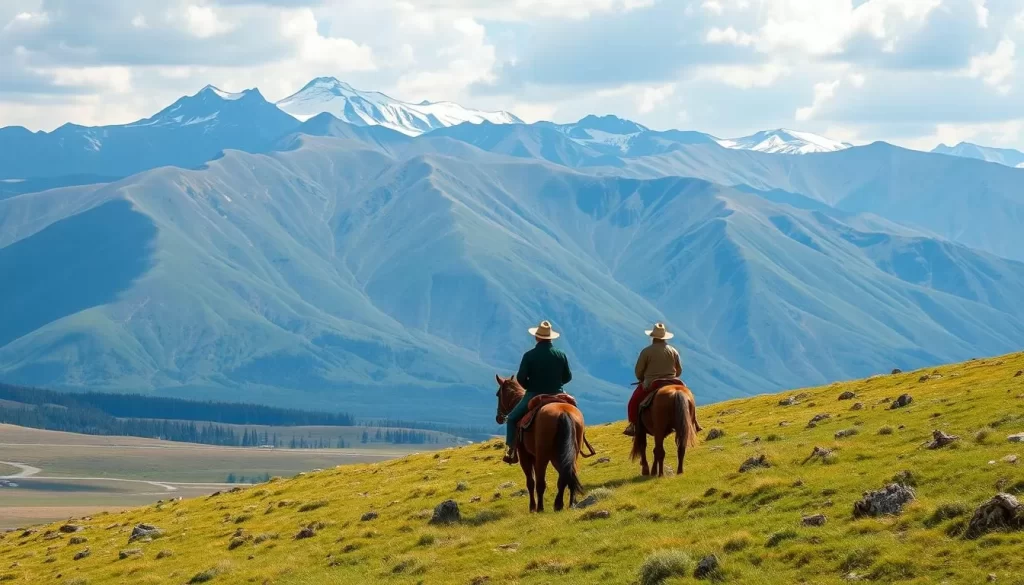
Kyrgyzstan’s varied climate means that different activities are best enjoyed during different times of the year. Whether you’re planning to go horse riding, hiking, or attend cultural festivals, timing is crucial for a memorable experience.
Horse Riding and Nomadic Experiences
Horse riding and nomadic experiences are best enjoyed from June through September. During this period, nomadic families move to high mountain pastures and set up traditional yurt camps that welcome visitors. You can ride a horse through the breathtaking mountains of Kyrgyzstan and stay overnight in a yurt, immersing yourself in the local culture.
Hiking and Trekking Seasons
The prime hiking and trekking season runs from mid-June through September, with July and August offering the most reliable weather for multi-day treks in high mountain regions like the Tian Shan range. Spring hiking (May-early June) offers spectacular wildflower displays in lower elevations, while autumn trekking (late September-October) rewards with golden landscapes and fewer fellow hikers.
Cultural Festivals and Events
Cultural festivals follow the seasonal calendar, with spring celebrations like Nooruz (March 21) marking the Persian New Year, and summer events featuring traditional horse games and nomadic competitions. Planning your trip to Kyrgyzstan around these events can enhance your cultural experience, and consulting with local guides can provide valuable insights into the best times and places to visit.
Packing Essentials for Kyrgyzstan’s Variable Climate
Kyrgyzstan’s weather conditions demand careful preparation. The country’s climate varies significantly with temperatures fluctuating greatly between day and night, even during the same season. This variability necessitates a thoughtful approach to packing.
Year-Round Necessities
Regardless of when you visit Kyrgyzstan, there are certain essentials you should always include in your luggage. These year-round necessities comprise layerable clothing, a quality waterproof/windproof jacket, sturdy hiking boots, sun protection (including a hat, sunglasses, and high-SPF sunscreen), and a refillable water bottle. These items will help you navigate the country’s diverse climate conditions.
| Item | Purpose | Seasonal Relevance |
|---|---|---|
| Layerable Clothing | Adjust to changing temperatures | All seasons |
| Waterproof/Windproof Jacket | Protection from elements | All seasons, especially spring & autumn |
| Sturdy Hiking Boots | Support and protection for hiking | All seasons, crucial for trekking |
Seasonal Additions to Your Luggage
In addition to the essentials, your packing list should be adjusted according to the season you plan to visit. For summer, include light, breathable clothing for daytime warmth and a warm layer for cooler evenings in the mountains. In spring and autumn, pack versatile clothing with mid-layers, a warm hat, gloves, and waterproof footwear. For winter, bring serious cold-weather gear, including a heavy down jacket, insulated boots, thermal base layers, and accessories like a warm hat, gloves, scarf, and face protection.
Conclusion: Planning Your Weather-Perfect Kyrgyz Adventure
With its diverse climate, Kyrgyzstan is a year-round destination for the weather-savvy traveler. The country’s unique position along the Silk Road in Central Asia makes it an attractive destination for various types of travelers.
For a memorable trip to Kyrgyzstan, timing is everything. The best time to visit depends on your preferences and the activities you have planned. For first-time visitors, the period from June to September is ideal, offering reliable weather and access to a wide range of cultural and outdoor activities.
Consider visiting Lake Issyk-Kul in early June or late September for a perfect weather balance. Working with local guides can enhance your experience, helping you navigate weather patterns and suggesting alternatives when conditions change. Whether you’re drawn to summer’s alpine meadows or spring’s flowering abundance, timing your visit thoughtfully will ensure your trip to Kyrgyzstan exceeds expectations.
By embracing the country’s climate diversity, you can have a more authentic and enjoyable travel experience in this remarkable mountain nation.
The above is subject to change.
Check back often to TRAVEL.COM for the latest travel tips and deals.
